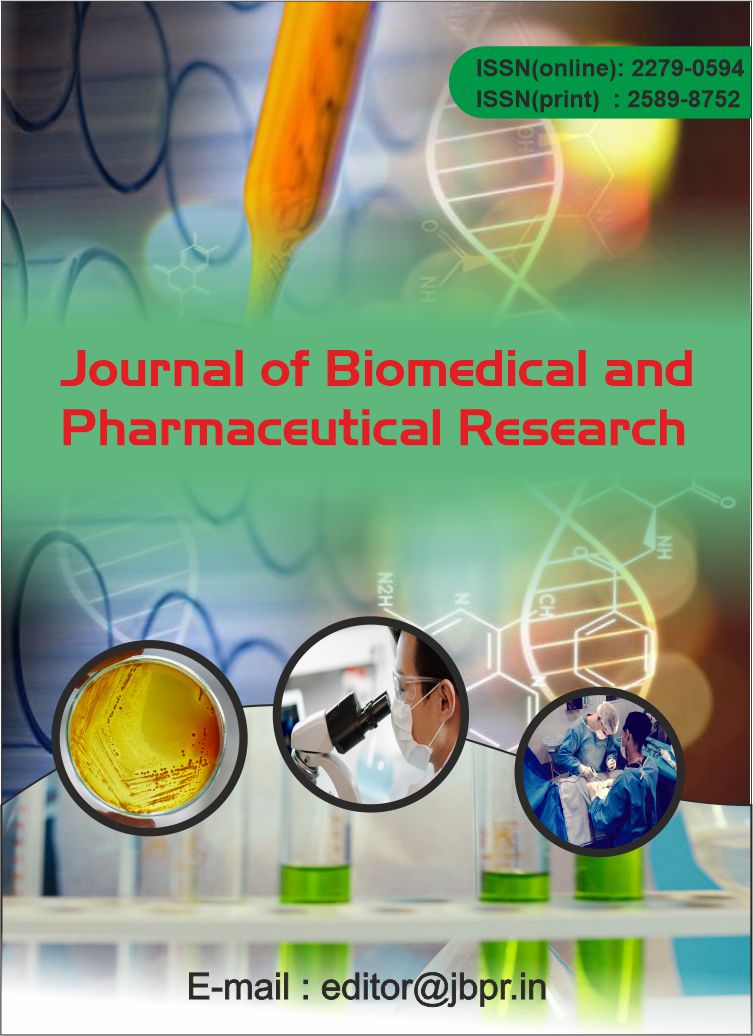Ethnomedicinal Uses, Phytochemistry and Pharmacology of Hordeum vulgare: An Overview
Abstract
Medicinal plants have played a vital role in traditional and modern healthcare systems, offering a natural reservoir ofbioactive compounds with therapeutic potential. Among them, Hordeum vulgare (barley) stands out due to its significantnutritional and medicinal properties. This paper explores the botany, ethnomedicinal uses, phytochemistry, and pharmacology of Hordeum vulgare. As a globally cultivated cereal grain belonging to the family Poaceae, barley has been an essential crop for over 10,000 years. It demonstrates remarkable adaptability to diverse climates, thriving in regionswith extreme environmental conditions. Ethnomedicinal practices utilize various parts of the plant, including grains, leaves, and sprouts, for addressing ailments like digestive issues, skin conditions, and respiratory disorders. The phytochemical composition of barley reveals a wealth of bioactive compounds, such as β-glucan, phenolic acids, flavonoids, and lignans, which are attributed to its antioxidant, anti-inflammatory, and cardioprotective effects. Pharmacological studies highlight barley’s potential in reducing inflammation, regulating lipid metabolism, and combating oxidative stress. Recent investigations demonstrate its anticancer, immunomodulatory, and xanthine oxidaseinhibitory activities, emphasizing its therapeutic versatility. This review synthesizes existing research to underline the significance of Hordeum vulgare as a multifunctional plant in botany, ethnomedicine, and pharmacology, while advocating for further studies to expand its applications in modern healthcare.
Keywords: Medicinal plant, Hordeum vulgare, ethomedicinal uses, phytochemistry, pharmacology, etc.
Copyright (c) 2024 Journal of Biomedical and Pharmaceutical Research

This work is licensed under a Creative Commons Attribution 4.0 International License.
![]() Journal of Biomedical and Pharmaceutical Research by Articles is licensed under a Creative Commons Attribution 4.0 International License.
Journal of Biomedical and Pharmaceutical Research by Articles is licensed under a Creative Commons Attribution 4.0 International License.




